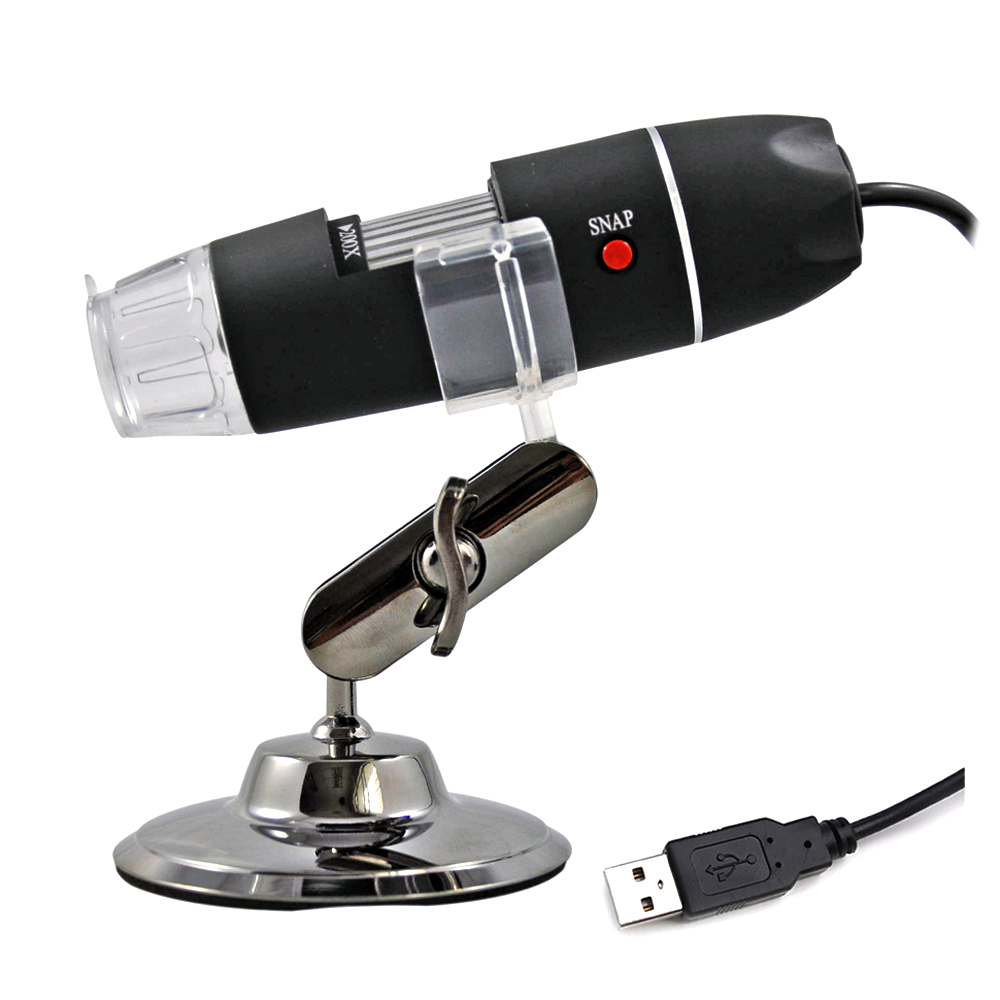In the science world, standard optical microscopes with simple and compound lenses have been part of scientific investigations since at least 1600. Microbiologists of today, however, need to use advanced forms of microscopes in order to complete research with more precision, detail, and functionality than in the past. As a result, microscopes have developed into several advanced versions of their original forms, including the following models.
Dissection Microscopes
The dissection microscope, also called a stereo microscope, uses optical lenses at several angles to create 3-D images. As a result, these microscopes can provide examiners a more complete picture of the object being analyzed. Dissection microscopes are often used in microsurgery to complete fine repairs and in the field of forensics to sort and identify evidence in close detail.
Digital Microscopes
While dissection microscopes can provide great detail, digital microscopes can do so at much higher magnification levels. By using a special camera hooked up to a computer and software provided by the manufacturer, these special microscopes can provide magnification up to 1000 times. Digital matrixing provides examiners with high quality images that can be viewed on a high resolution monitor and saved for review. Since digital cameras do not rely on the human eye as with traditional microscopes, objects can be viewed by more than one person simultaneously, which lends this microscope’s use to instructional and consultative settings.

Electron Microscopes
Some of the most advanced microscopes use electron beams rather than light as their source for magnification, a feature which aids in seeing structures at the cellular level. Types of electron microscopes include:
- Transmission, which sees parts of cells or microorganisms, such as viruses
- Scanning, which provides 3-D images in black and white under lower magnification conditions
- Reflection, which is used for seeing structures that light cannot pass through
X-ray Microscopes
Due to the penetrating properties of x-rays, x-ray microscopes provide higher resolutions than optical ones using visible light. These high-tech machines are able to create enlarged images of objects or to see through opaque specimens. Though electron microscopes can gain higher resolution, many microbiologists prefer x-ray microscopes since they do not require special preparation of samples for analysis.
The evolution of simple and compound microscopes has advanced due to technology and the discovery of scientific alternatives to optical viewing. It is likely that more advancements are yet to come and microbiologists will be on the forefront of innovating these tools of the future.
Information Source: http://www.microscope.com/digital-microscopes/dino-lite








